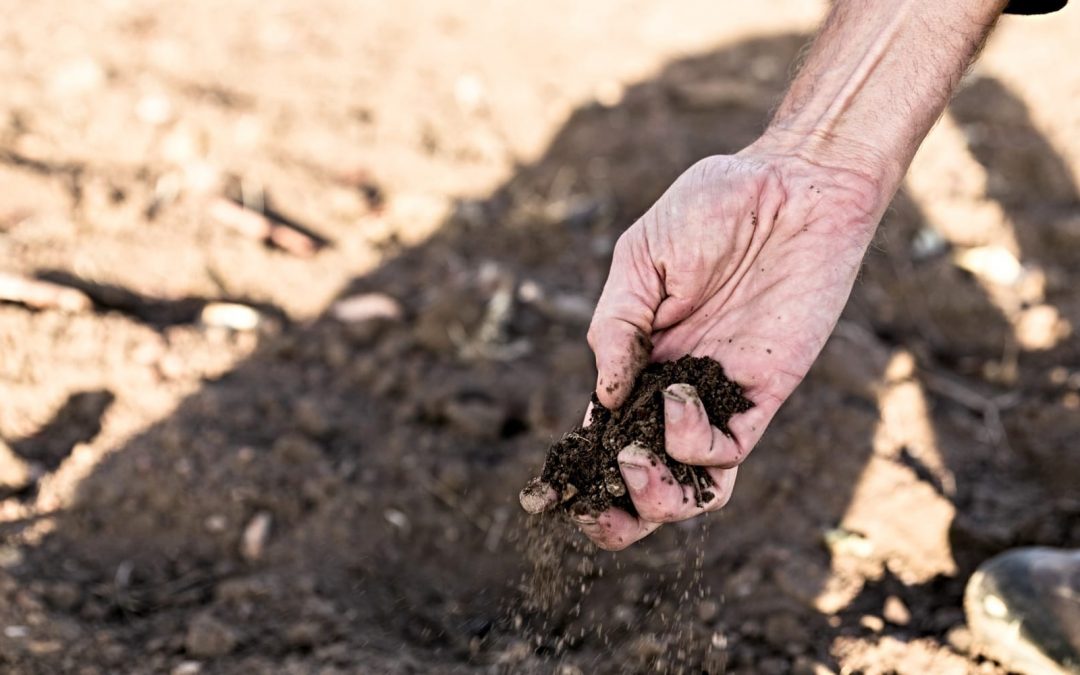Back in the mid-2000s, I was part of a team of scientists, led by Adrian Parker at Oxford Brookes University, which was looking at past climatic changes in the Arabian Peninsula.
Adrian would go off to the United Arab Emirates and come back with a whole lot of samples, which we then spent months analyzing.
The samples came from successive layers of materials that had been laid down in dried-up lake beds. The deeper the sample, the older it was.
I specialized in the plant microfossils known as phytoliths but helped out in some other aspects, as well.
The fact that there are dried-up lake beds there to analyze immediately says something; in the past, there were lakes in what is now a very arid land.
When all the geochemical analyses were done, we gathered the data and wrote up the paper for the journal, “Quaternary Research,” in 2006.
I won’t go into all of the details here, but what we found was evidence that there were dry periods that could happen very abruptly 8,200 years, 5,000 years and 4,200 years ago.
Strangely, or so it might seem, all three of these corresponded with climatic changes known as bond events in the North Atlantic.
These appear to be related to periodic events in which large numbers of icebergs moving into the Atlantic had effects on the Gulf Stream as they melted. They are still not well understood.
You might ask how events in the North Atlantic can influence the climate in Arabia.
It seems this happens through what are known as teleconnective effects where, basically, the climate in one region affects the climate in the neighboring region, which affects the next region and so on.
We noted that the very abrupt, intense dry period around 4,200 years ago had been seen before across the Middle East and North Africa, even being detected as far as Pakistan.
It was thought to have caused the collapse of the Akkadian Empire, and the end of the urban Harrapan civilization in Pakistan.
Our paper was generally well received and formed part of a growing body of data on past climate change in Arabia.
I moved on to other topics; the strange event, which happened 4,200 years ago and apparently wiped out previous civilizations, receded into my memory until last month.
I still keep an eye on this literature, and I spotted a very interesting paper by Carolin, et al., in Proceedings of the National Academy of Sciences (PNAS).
Their work was on stalagmites in Iran, and they were able to create a very high-resolution record and to detect increased dust influx from Mesopotamia from 4,260 years ago. They knew about our previous work and cited it as background to their paper.
Just at the moment, the idea of a civilization collapsing due to climate change seems newsworthy, and the Carolin, et al., paper was picked up by Newsweek, which published a big article on it. It is well worth reading.
So, we had a very rapid climate change event, which apparently at least partly caused the collapse of the Akkadian Empire some 4,200 years ago.
We do not know for sure what caused the sudden drought, but it appears to be connected to changes in circulation in the Atlantic Ocean.
Whatever, the cause looks to be “natural” and nothing to do with human activity. At the time, the total world population of humans had been estimated at 28 million.
I have two conclusions:
First, with a world population approaching 7.7 billion in 2019, a very abrupt climate change event could be far more disastrous than what happened to the Akkadian Empire.
We look to be in the middle of such an event, already over 1 degree C above the pre-industrial temperature. And this event is human-induced, mainly due to our burning of fossil fuels.
Second, the next time a skeptical friend says, “The climate has always changed,” you can reply, “Yes, and look what happened to the Akkadian Empire.”
Editor’s note: A version of this article first appeared on the John Ray Initiative blog. It is used with permission.
An environmental scientist on the board of The John Ray Initiative, a UK-based charity connecting environment, science and Christianity. He recently published the 2nd edition of A Christian Guide to Environmental Issues and Green Reflections: Biblical Inspiration for Sustainable Living (both co-authored with his wife, Margot).


